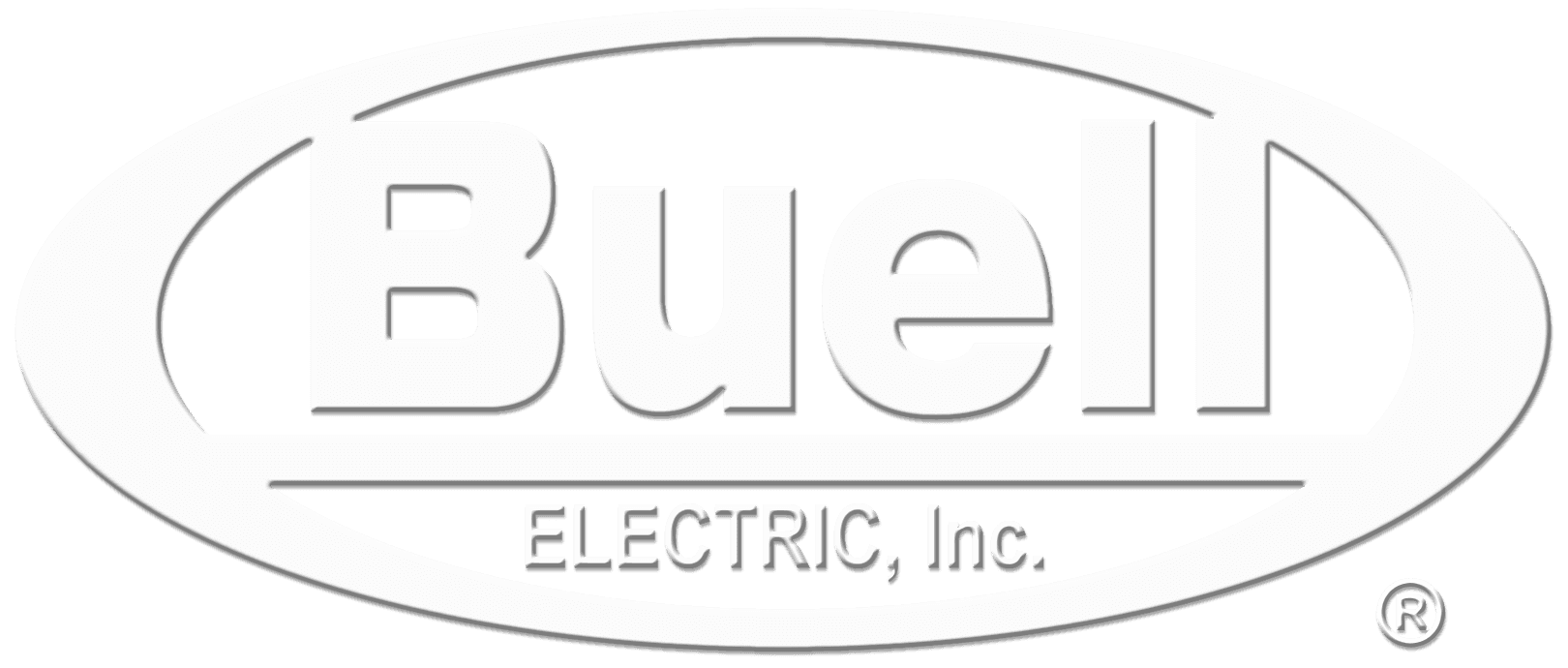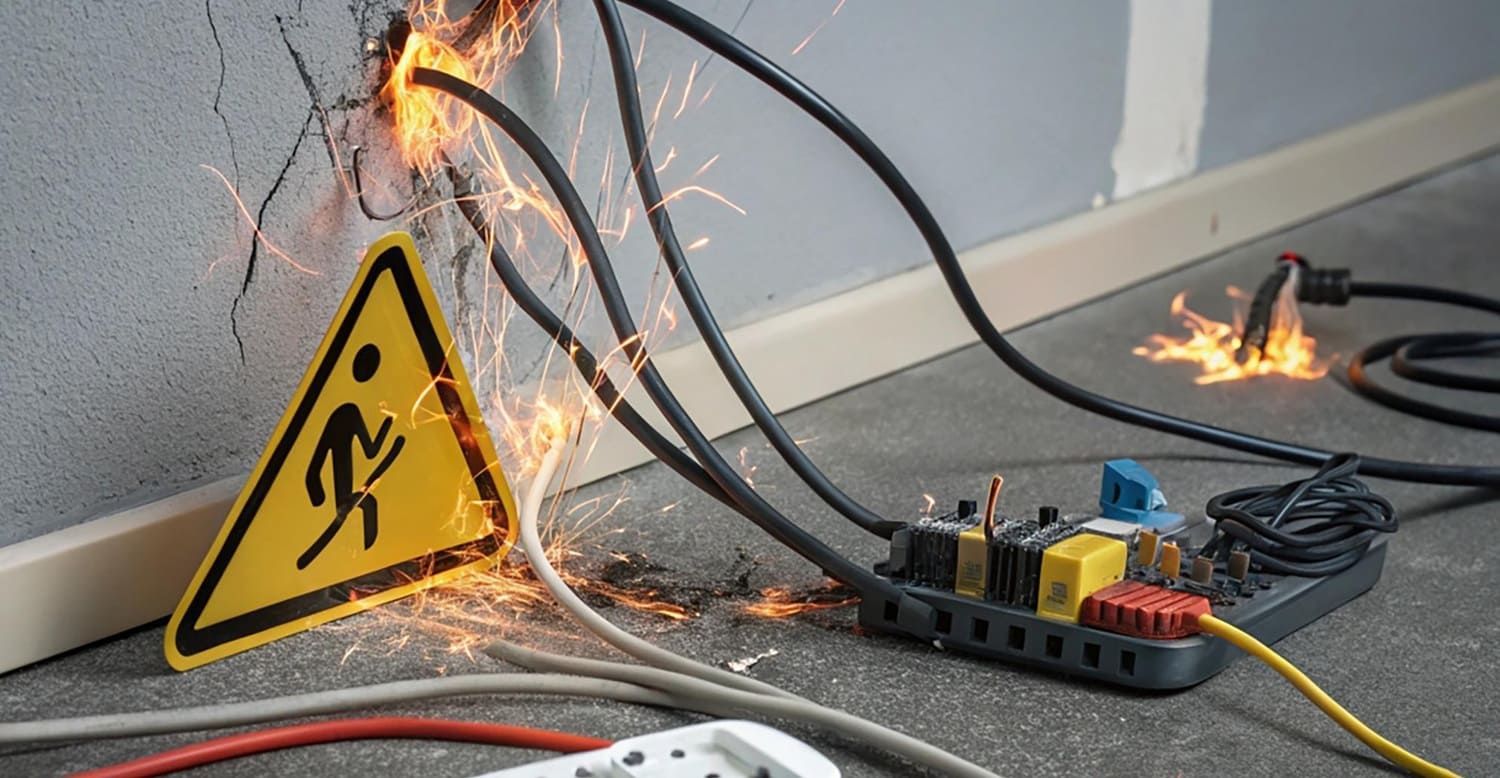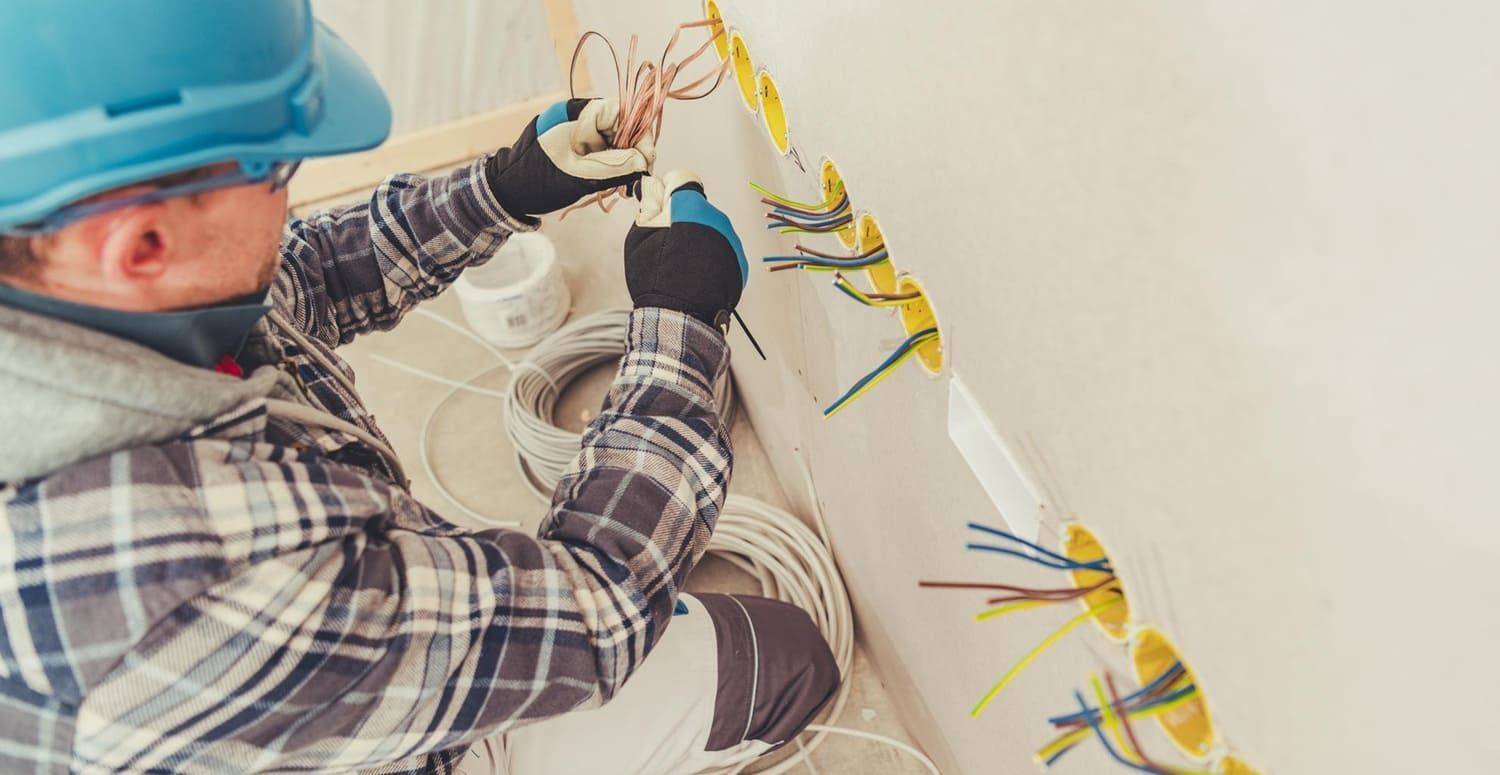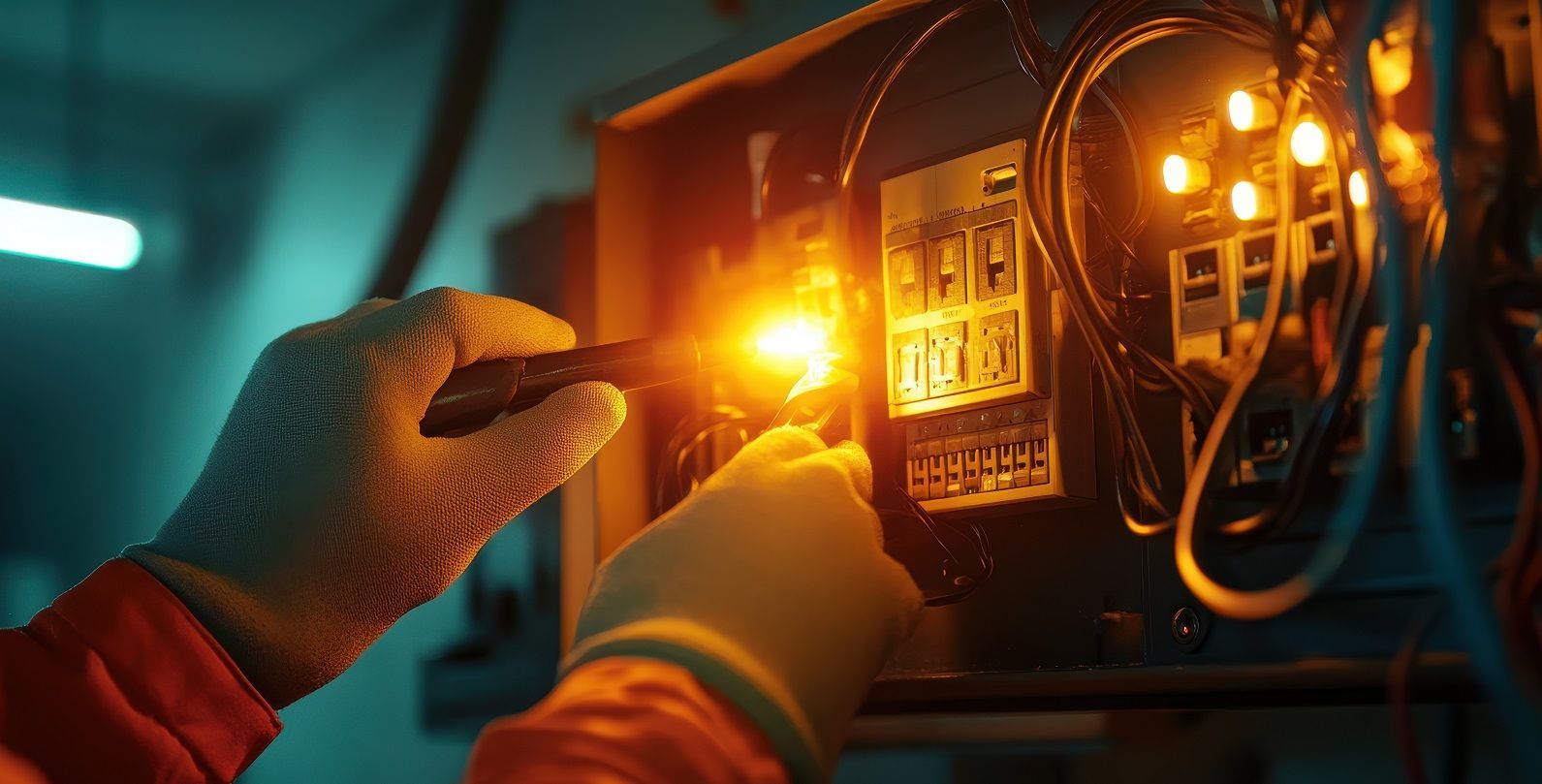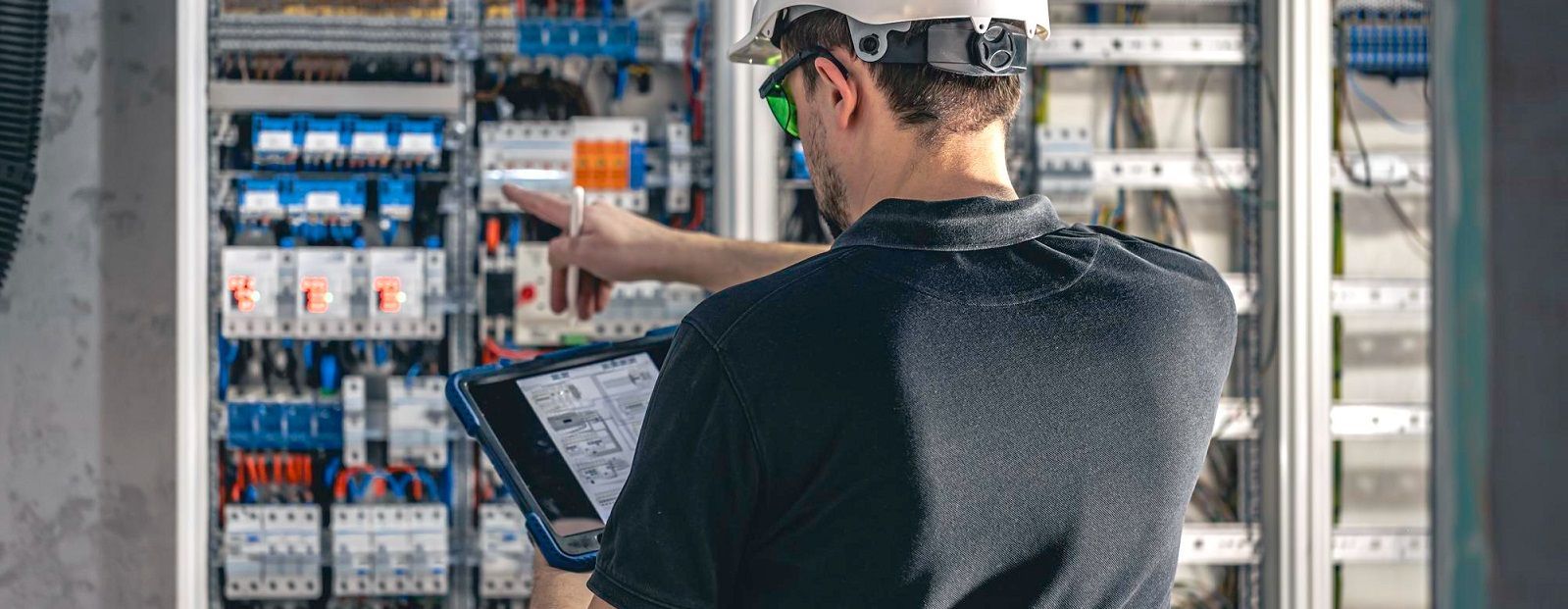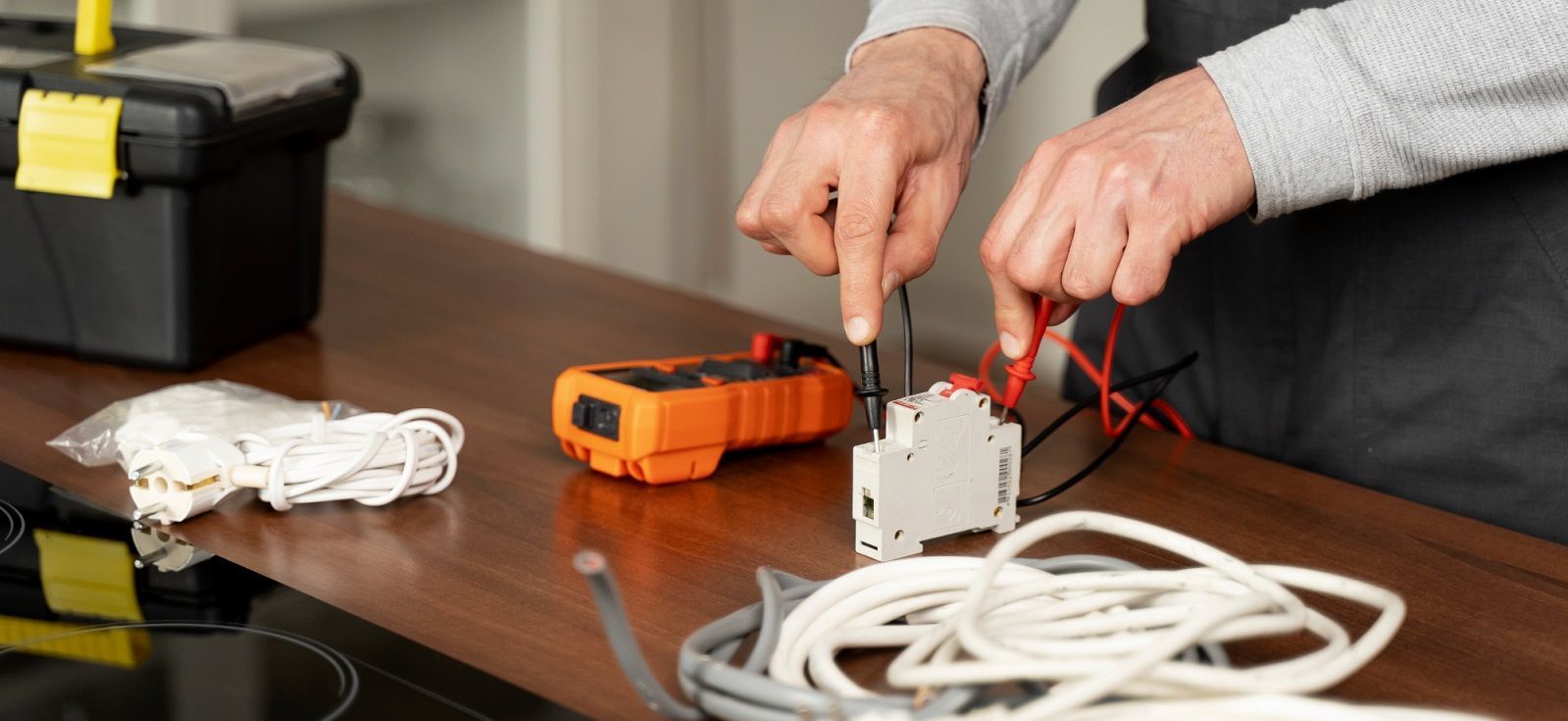How to Prepare for a Residential Electrical Installation or Upgrade
Embarking on a residential electrical installation or upgrade can seem daunting. However, with proper preparation and understanding, you can ensure a smooth and safe process. This guide will walk you through the necessary steps and considerations to keep your home safe and your project on track.
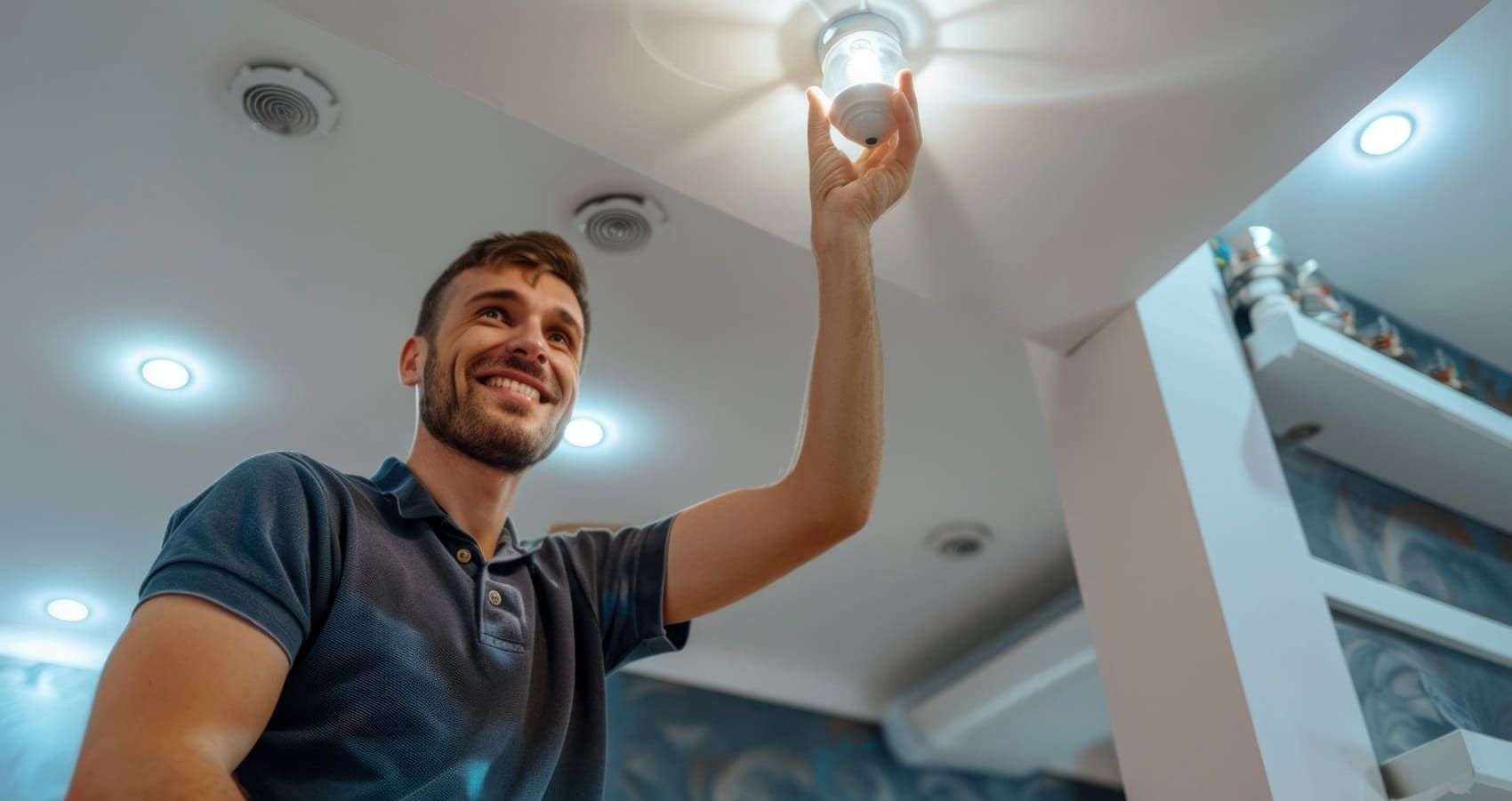
Understanding Your Electrical Needs
Before diving into any electrical project, it's crucial to assess your current and future needs. Are you adding new appliances, installing a home office, or upgrading your HVAC system? These decisions will impact your electrical requirements.
Assessing Current Electrical Capacity
Understanding your home's current electrical capacity is essential. Most homes have a service capacity of 100 to 200 amps. Check your main electrical panel to determine if your existing system can handle additional load. If not, you might need a service upgrade to accommodate new installations.
Future-Proofing Your Installation
Consider future electrical needs. Opt for a higher capacity if you plan to add significant electrical appliances or installations later. This foresight can save you time and money down the road.
Hiring a Qualified Electrician
Finding the right professional is a critical step in ensuring the safety and success of your project.
Researching and Selecting an Electrician
Look for licensed and insured electricians with a good reputation. Ask for referrals from friends or family and read online reviews. Verify their credentials and ensure they have experience with similar projects.
Discussing Your Project
Once you've selected an electrician, discuss your needs and expectations clearly. Provide them with a detailed list of your requirements, and be open to their professional advice. They'll help you understand what can be achieved within your budget and timeline.
Preparing Your Home
Preparation is key to minimizing disruptions during the installation or upgrade process.
Clearing Work Areas
Ensure all areas where work will be performed are clear of obstacles. This includes moving furniture and ensuring easy access to electrical panels, outlets, and wiring routes. This facilitates a safer and more efficient work environment.
Ensuring Safety Precautions
Safety should always be a top priority. Here are some essential electrical safety tips:
- Turn off power to areas where work is being done.
- Keep children and pets away from work areas.
- Ensure your electrician follows safety protocols, such as wearing protective gear and using insulated tools.
Understanding the Installation Process
Knowing what to expect during the installation can help you prepare mentally and logistically.
The Initial Assessment
Your electrician will conduct an initial assessment to confirm the scope of work and identify any potential issues. This is a critical step to avoid surprises during the installation process.
Installation and Testing
The actual installation will involve running new wiring, installing outlets and fixtures, and connecting everything to the main electrical panel. Once the installation is complete, thorough testing will ensure everything is functioning correctly and safely.
Post-Installation Considerations
After the installation, there are a few final steps to ensure your system is in top condition.
Final Inspection and Approval
A final inspection by a qualified professional or local building authority will confirm that the work meets all safety and building codes. This step is crucial for ensuring long-term safety and compliance.
Maintenance and Upkeep
Regular maintenance is essential to keep your electrical system running smoothly. Schedule periodic inspections and address any issues promptly to prevent potential hazards.
Common Challenges and How to Overcome Them
Electrical installations can come with unexpected challenges. Being prepared for these can help you navigate them smoothly.
Dealing with Old Wiring
Older homes often have outdated wiring that can't handle modern electrical loads. If you encounter this issue, a complete rewiring may be necessary to ensure safety and efficiency.
Managing Costs
Electrical projects can be costly. To manage expenses, get multiple quotes, prioritize essential upgrades, and consider energy-efficient options that may provide long-term savings.
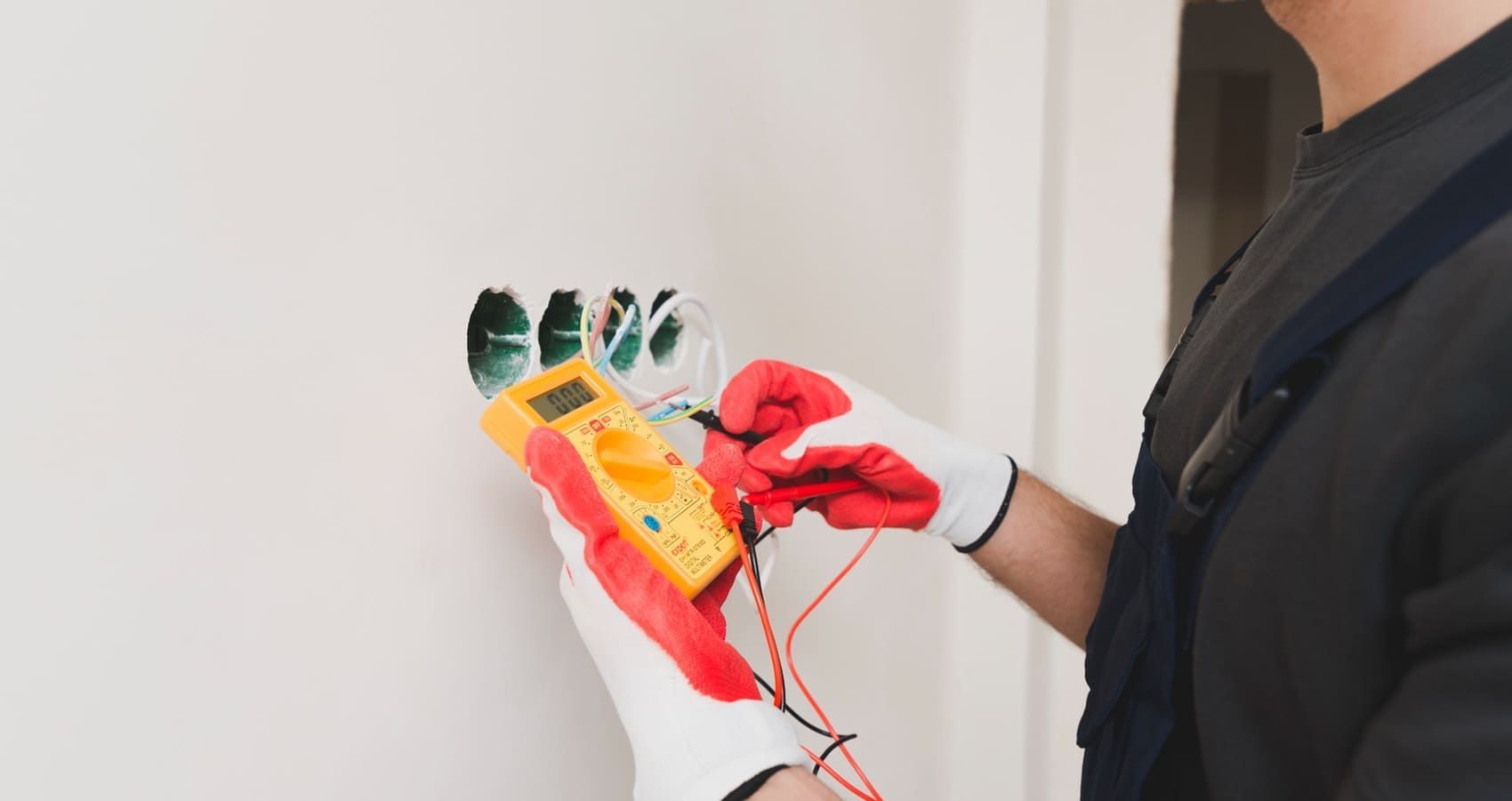
Conclusion
Preparing for a residential electrical installation or upgrade requires careful planning and consideration. By understanding your needs, hiring the right professionals, and ensuring proper safety measures, you can achieve a successful and efficient installation. With this guide, you're well-equipped to embark on your electrical project with confidence.
At Buell Electric, Inc., our Certified Expert Electricians are dedicated to serving Pinellas County, Hillsborough County, and Pasco County Areas, and surrounding Florida areas. We prioritize safety and compliance with local regulations to ensure a safe and efficient outcome for your home. Contact us today for a free estimate and let our professionals help you achieve your electrical project goals with expertise and reliability.
Remember, when it comes to electrical work, safety is paramount. Always consult with qualified professionals and adhere to local regulations to ensure a safe and efficient outcome for your home.
Buell Electric's Blog



